Inside the thankless, quietly imaginative task of developing for low-spec gaming
"Developers that are very PC-focused ... often don’t think about the low end at all."
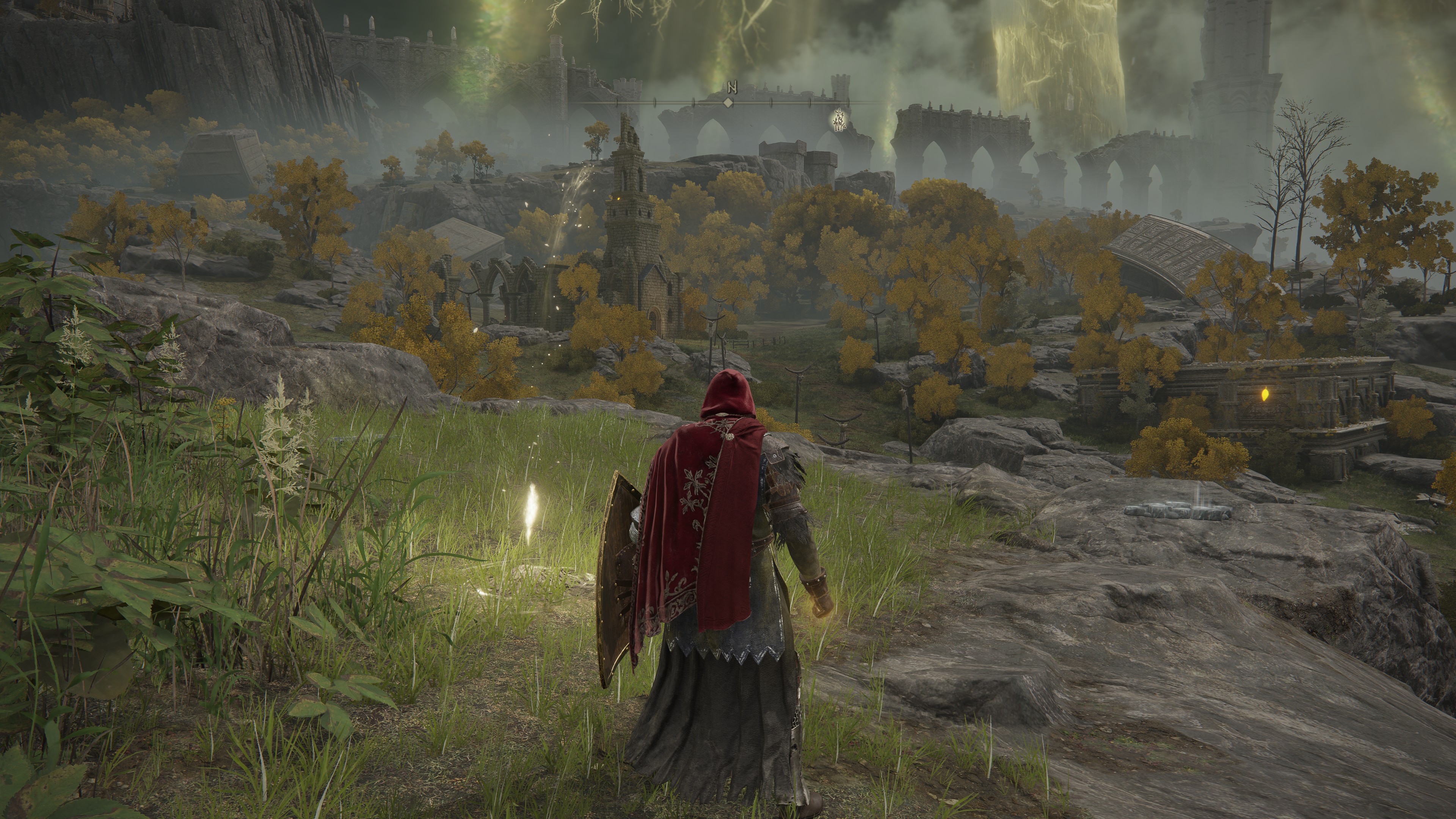
Chuhai Labs co-founder Giles Goddard thinks minimum settings are going out of fashion. A veteran of Nintendo in Japan who has worked on everything from Amiga and N64 to Wii and Oculus Quest, he's noticed a change over the years with regard to developing for different PC specifications. "It used to be that the developers would aim for the lowest spec, and they'd make it look great on that, regardless of anything," he says. "And then, if you had a faster PC or graphics board, you could put more bells and whistles on top for post-processing effects or whatever, but only to make what was already there nicer-looking.
"I think nowadays, because everybody's got a [powerful computer] the bar is so high that all the AAA makers are basically just aiming for the highest spec PCs. They're assuming that if you're going to pay that much for the game, you're also going to pay a lot for your gaming setup [so] obviously, they spend a lot of money, time, and effort making the games as great as possible on those machines. I don't think it's really in their interest any more to aim for the lower spec. It definitely used to be the priority, I think, maybe ten or twenty years ago."

High life, low spec
These shifting priorities are reflected, Goddard suggests, in the way games are discussed and reported on. "It used to be quite a hot topic—if you turn on these settings on this PC with these specs you can get these kind of graphics. It used to be in all the reviews and all the magazines, how to get the most out of this game. And that's just not talked about—you just assume it's going to be max settings."
"That goes with my experience of this sort of stuff," agrees Terry Goodwin, technical director at Lab42, whose projects include the PC versions of Yakuza 0 and Yakuza Kiwami. Studios that specialise in porting tend to feel it most when clients neglect lower spec hardware. "Especially with developers that are very PC-focused, even if their goal is not to make the most amazing-looking game, they often don't think about the low end at all, which is a problem for us when they come along and say they want a Switch version, or whatever." On PC especially, he says, "Optimisation is not as considered as much as it probably should be."
One reason it's a fine time to pay more attention to lower spec gaming is that it's better for the environment. Playing with the settings turned down tends to consume less electricity, though newer components may be more energy-efficient in themselves, and supporting older hardware is obviously more sustainable. Developing for cheaper components also makes games more inclusive—an important extension of conversations about diverse representation or creating accessibility options for players with disabilities. But the simpler point is that tailoring and optimising a game for leaner PCs involves a lot of craft that tends to be disregarded amid the industry's endless arms race for the cutting edge. It's every bit as much a 'feat of technology' as capitalising on the latest rendering techniques.
Take your benchmarks
Choosing and developing for a minimum specification is a complicated battle that, ideally, begins on the very first day of production. "When you set up a production, you set up budgets, right?" says Hjalmar Vikström, co-founder and game design director at 10 Chambers, developer of horror squad shooter GTFO. "So the financial budgets, of course, but then you have performance budgets, memory, RAM, some kind of performance goal for certain hardware. And that's basically where that whole thing starts. What's the target audience, what's the low spec and the recommended spec? And what you do then is you test for that all the time.
"If [any single] team is responsible for the low spec, that would be the delivery team in our company, or what you would call QA." But adhering to those target specifications is a task for everybody. "There's always a big combination of QA, programming, technical artists, and render programmers and system programmers, a whole big team effort to make the game perform. In any production I've been on, performance is a concept you always work on, because when a game is not performing, the rest of the experience is suffering."
Keep up to date with the most important stories and the best deals, as picked by the PC Gamer team.
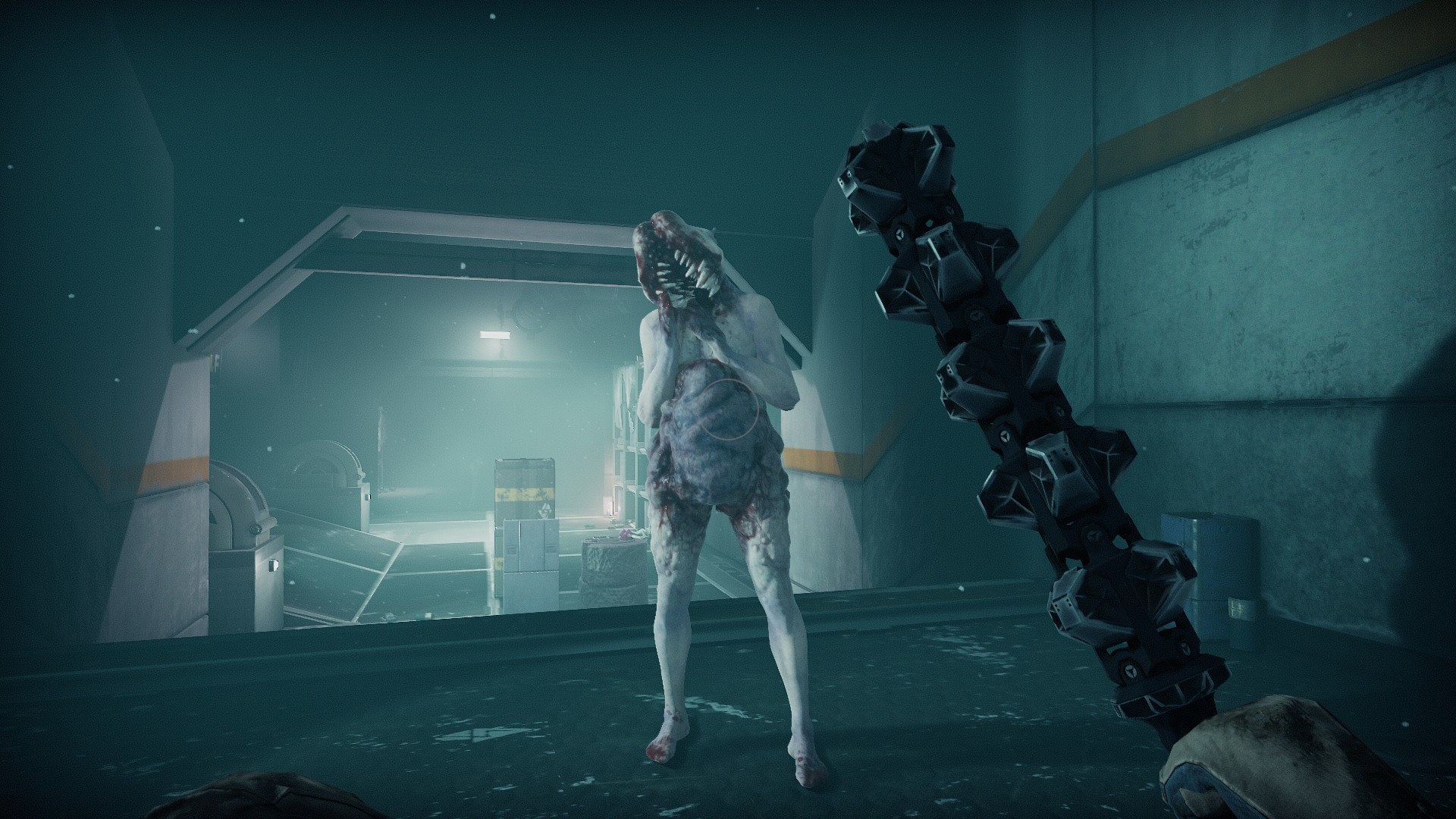
Hence, among other things, GTFO's marvellous fog, which blends and accommodates the needs of artists, narrative designers and programmers. One one level it's a homage to Alien's murky corridors; on another, a way of avoiding 'load steps' or incremental environment loading, to keep the framerate up and minimise work for artists. "So performance is a thing, and the visual inspiration comes from Alien, and we're a small team with limitations on our art pipeline—all that comes together to create a plan. Fog is not there for performance, but [...] it fits together and we leverage that as much as we can." Some players miss the point here, Vikström adds, assuming that the fog exists simply to lessen the load on the game's engine. "The fog in GTFO is so much more than just a vision limiter, it's a mood setter, right? So sometimes I get the question, can you disable the fog? And I'm like, 'No, you're basically disabling half the game.'"
For a small team like 10 Chambers, testing for things that threaten the target specifications can be practically a horror game itself. "A simple chair could be low res in polygons, but then accidentally have a super high res shadow mesh, or something like that. It's a simple problem to fix, but first, somebody needs to find that. So you need to have an analytic toolset to evaluate the complexity of the meshes. Do some kind of filtering to see if, oh, there's a shadow mesh here with tens of thousands of polygons or triangles—that doesn't make sense. Or maybe the test is automated, and then maybe somebody needs to add safeguards, but it could also be that our render programmer needs to optimise the order in which things are rendered, or an assistant programmer needs to make sure that chairs are never rendered if they're behind a door."
It might sound more sensible to focus on honing an optimum look and framerate, then dialling things back for less powerful systems down the road, but this can be catastrophic, Vikström says. "It's really hard to go down in quality after years of production. You need to plan for low spec straight away, and constantly work towards it. Because after a couple of years, if you don't do that, it just becomes too big of a hurdle. And then your low spec slowly creeps up until it's meeting your high spec."
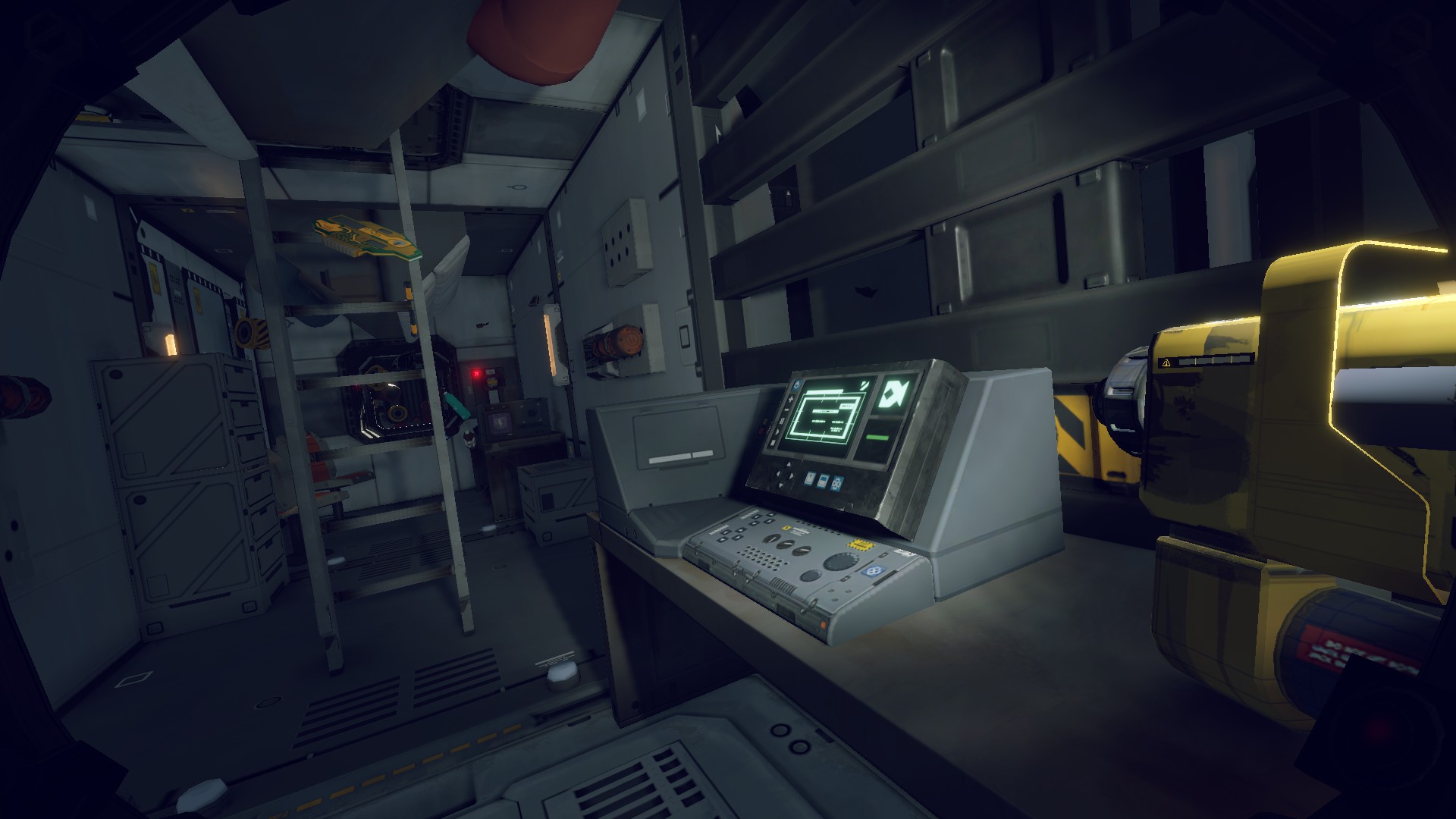
Setting expectations
While he feels that developers today disregard lower spec machines, Goddard also suggests that today's players have more ways of customising their PC games today. "You have settings for everything, like turning the rain on and off. I think it's become more a question of personal preference, rather than whether your PC can handle it, and I think people expect to have the control. Because maybe they have really specced-out their PC and they know exactly what it can do. Whereas in the old days, it was basically choosing low, medium or high, and the game would decide what to turn off and on."
This certainly encapsulates Lab42's approach to porting Yakuza. "A lot of the time, designing settings isn't a matter of making those things exist, but exposing them," Goodwin comments. "[For Yakuza] we looked at what was in the engine, and just made a slider and graphics option for literally everything that was going on." The studio repurposed the game's level-of-detail system, for example. "Where things that are far away render at reduced detail—it's quite trivial to use that system as a graphics feature, which is what we did for geometry. If it's lower then we force the lower [detail] ones, if it's higher than we turn on the higher ones all the time, or if there's particularly attractive visuals in a cutscene, I think we added a setting where you can use cutscene models for the main characters in the rest of the game."
Lab42 added a few computing-intensive options for beefier systems, such as supersampling anti-aliasing, which renders graphics at a higher resolution than your screen, then squashes them down to smooth out edges. But Lab42 was also keen to support older computers by, for instance, accommodating processors that don't support the latest SSEs or Streaming SIMD Extensions (essentially, instructions for how your PC thinks). "We went in and rewrote everything to work with the second set of instructions, implementing all of the stuff from the third set in the second set, so that it launched on all the machines—that was important to us, because we wanted to let everybody run it."
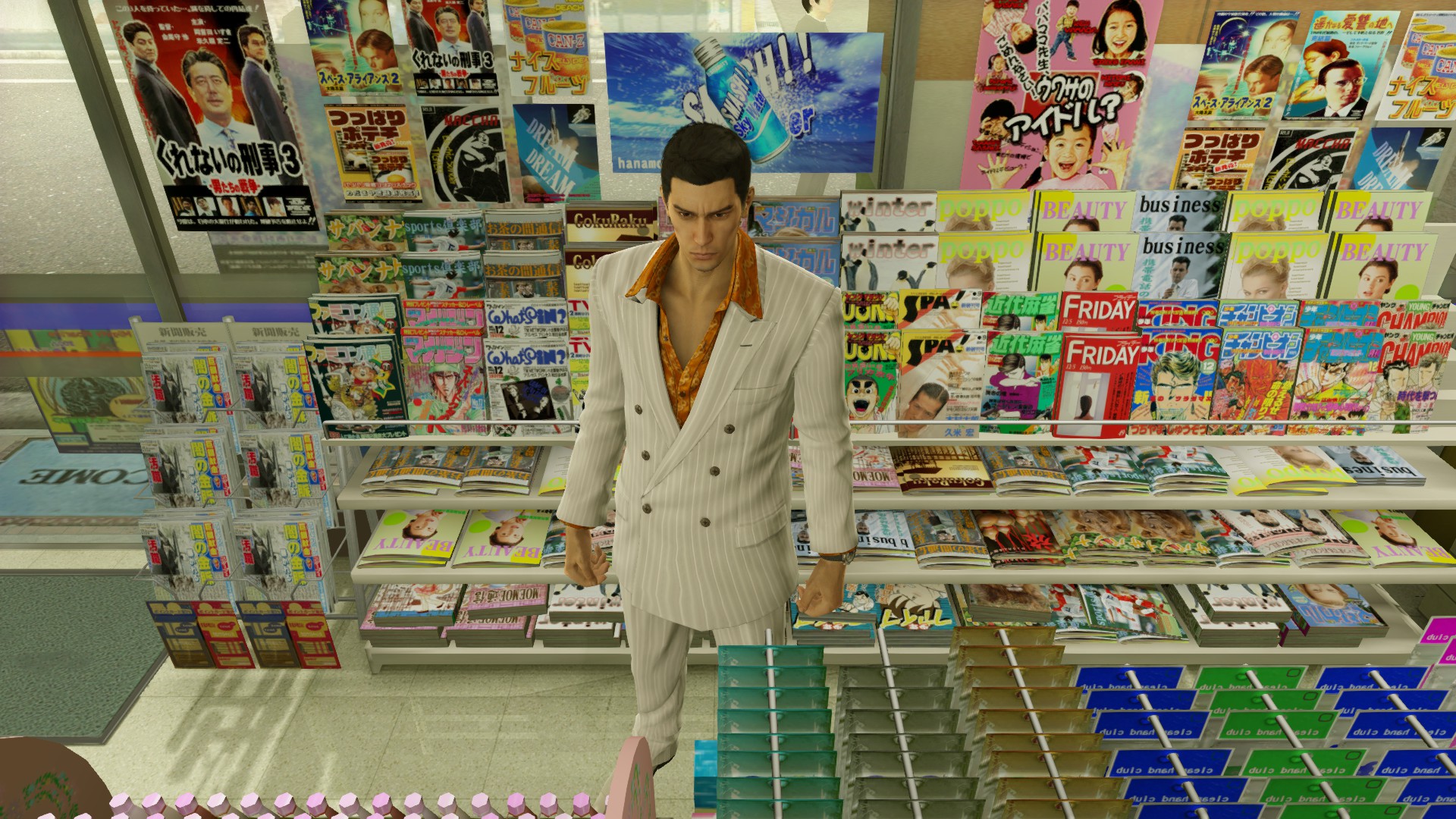
Minimum's the word
The intricacy of solutions like these reveals that optimising a game to work on older or cheaper PCs isn't just about selling to a larger audience. There's a playfulness to it, with different settings giving rise to different aesthetics within the game's overall direction. It's not just about making compromises, but experimenting with the look, sound and feel of the simulation.
To design for lower specifications can, moreover, be an exercise in time travel. "Talking about SSAA in Yakuza, we did enjoy that you could really crunch down the resolution, but keep the UI sharp, so it looked like a PS1 game or whatever," Goodwin says. "Stuff like that was fun to do." GTFO, similarly, resembles a totally different game when you drop the resolution and peel off the UI. "I really enjoy that you can do that—hide the UI, go down to 720p or below, and get this old-style Quake feeling," Vikström enthuses. This is, of course, especially the case for games that openly try to bridge old and new in their narrative or visual concept, such as Trigger Happy Entertainment's forthcoming Turbo Overkill (see p40), which blends a flashy cyberpunk setting with the chunky pixels of classic Doom.
The usual conflict between features and performance aside, Turbo Overkill is a tug of war between different eras of videogame graphics. "When I first started the project, I made a list of rules that I should follow," says lead developer and Doom modder Sam Prebble. "Like, you can't use any technology like shaders, or reflections, advanced lighting methods, that were invented after the year 2000. I would try to avoid putting those into the game [...] but eventually I got to a point where I just didn't like the way it looks. If I want a neon-drenched cyberpunk city where it's always raining, you have to have reflective surfaces, there's no way around it—well, there probably are ways, but everything I tried wasn't very pleasing to look at.
"So I kind of just stumbled into slowly adding more modern rendering techniques, and I just got to a point where I said, 'OK, screw it. I'll just throw it all in, but try and ground it in a retro look, or I guess it's kind of cringy, but 'retro plus', to find a nice balance of modern and old technology.'" Prebble has spent the best part of a decade picking which assets to update. "It's like, this headset doesn't look too great. I could go back and bring it up to scratch, but I don't want to polish it too much and detract from the original look of the game."
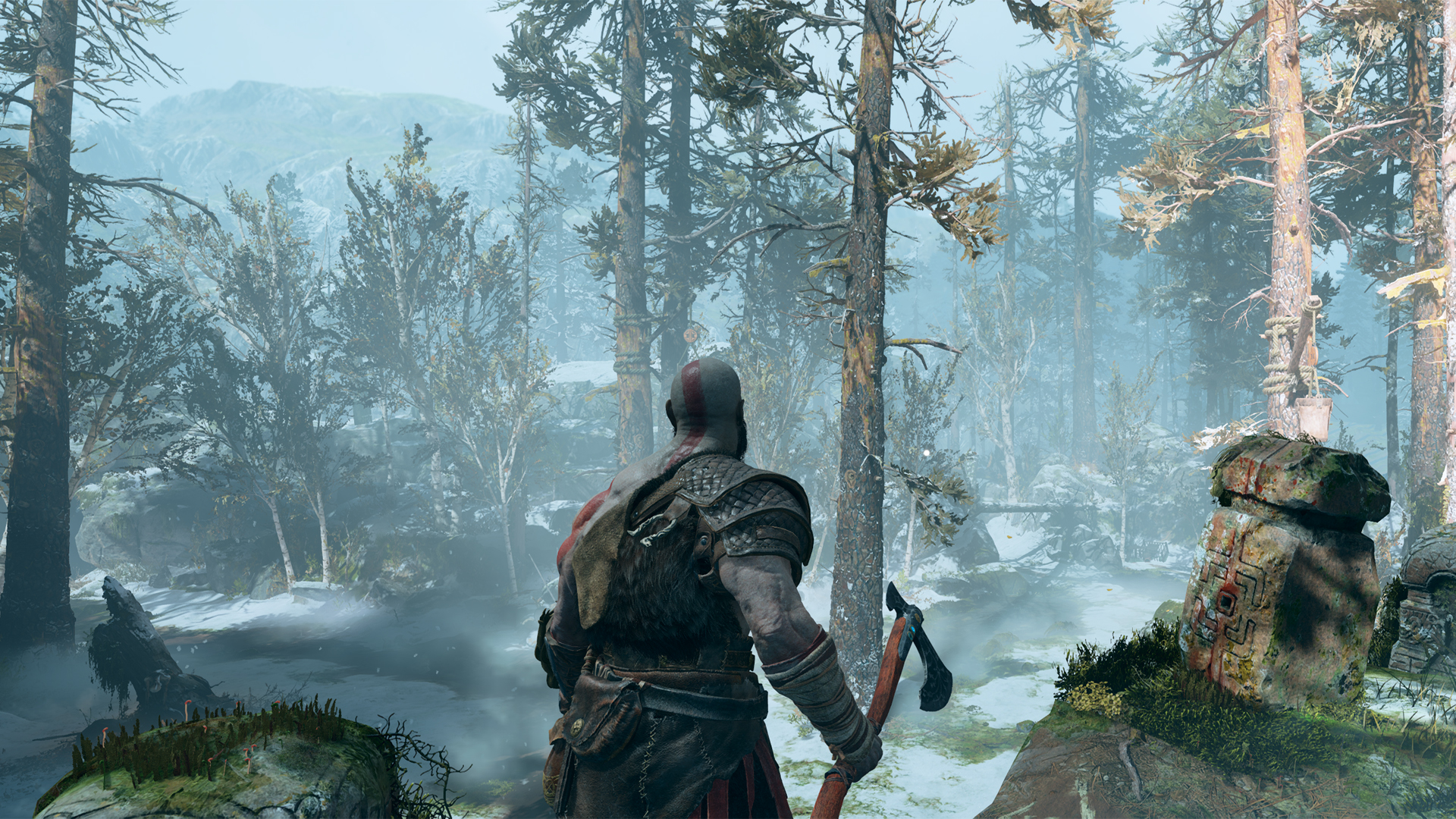
Kill switch
One ironic outcome is that Overkill currently requires quite a 'hefty' PC. But it does accommodate players who want to excise the modern flourishes and experience something like Prebble's original, heavily rule-bound retro prototype. "I have seen a lot of people run the demo on low settings, and some people look at that and say it's a retro game, it's supposed to look chunky. I kind of agree with that. Originally Turbo Overkill had a pixelation filter in it, which is something I used to play with all the time, just because I liked the look of, you know, low resolution graphics."
Prebble is considering a lo-fi version for 'potato PCs', following on from the lo-fi options he made for his Doom mod Total Chaos, which "basically downgraded all the textures and stripped out a lot of shaders and all our models had half the polygons. That's something I'd love to do for Turbo, but it would only be later in development".
Boxed off
There are parallels between low-spec gaming and demaking, the practice of remaking a game to run or look as if it's running on old hardware. They're arguably the same thing—demaking redefines developing for lower specs as an art form deserving celebration. Having spent decades wrestling various technologies into submission, Goddard is both fascinated and repelled by the thought of adapting new games to platforms such as Gameboy. "To me it just sounds like hitting my head with a hammer non-stop. That doesn't seem to be anything enjoyable there from my point of view, but because [younger developers haven't] gone through all that pain they don't see it—they find it fascinating and really intriguing."
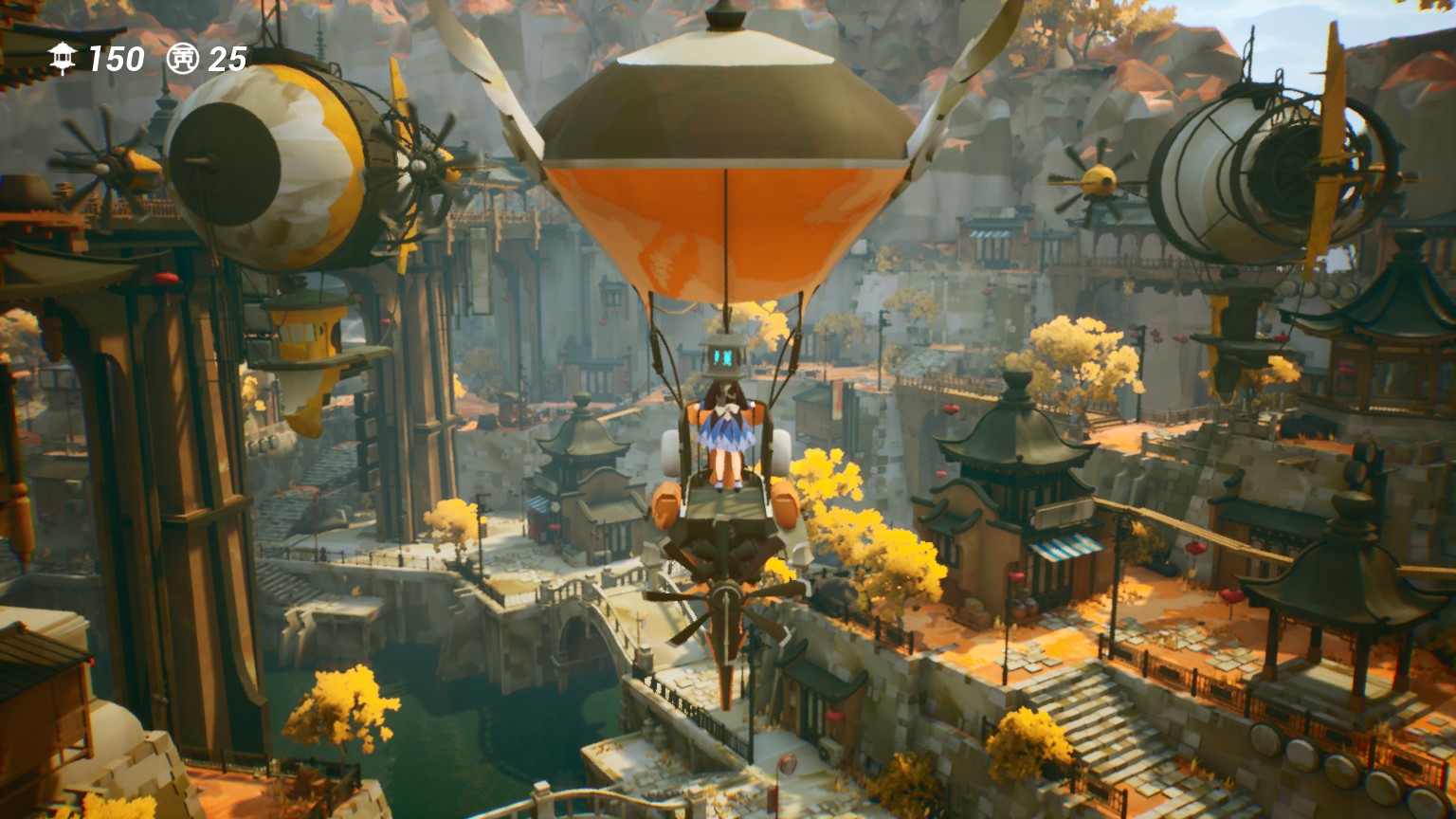
Goddard argues that for larger established teams, the question of high or low spec may become irrelevant in a few years thanks to technologies that automatically adjust for different hardware capabilities. Take Unreal Engine 5's geometry system Nanite. "Basically, you throw as many polygons as you want at it, and it just figures it all out. Up until now all the games I've ever made [have been] a constant battle for framerate. You're always trying to reduce polygons. With UE5 now you don't even think about it. You don't even have to make reduced polygon versions of things any more. Everything's automatic."
Features like these could transform the industry, he says, much like the spread of intuitive middleware tools such as Unity. "It's getting to the point where it's no longer a programmer job worrying about framerate. It's basically artists buying assets from a store and throwing them in without even worrying about texturing or LOD or anything like that. Three million polygons, ten million polygons, whatever, just throw it in and it just works on any hardware. So that's the kind of end goal of all this fighting over settings—it's all just handled within this black box here."
This certainly sounds like it would remove much of the stress from projects like GTFO and Turbo Overkill. But from a player perspective, it's energising and inspiring to be given more direct control over how a game looks and runs. And as Vikström concludes, planning out a game so as to accommodate lower specs is a source of creative satisfaction. "You have expert programmers, expert artists, expert sound designers and storytellers, and they're all working together as tightly as they can. That's one of my favourite things about game development—these really varied talents that need to work together. And also, the big challenge."

